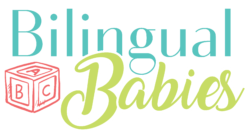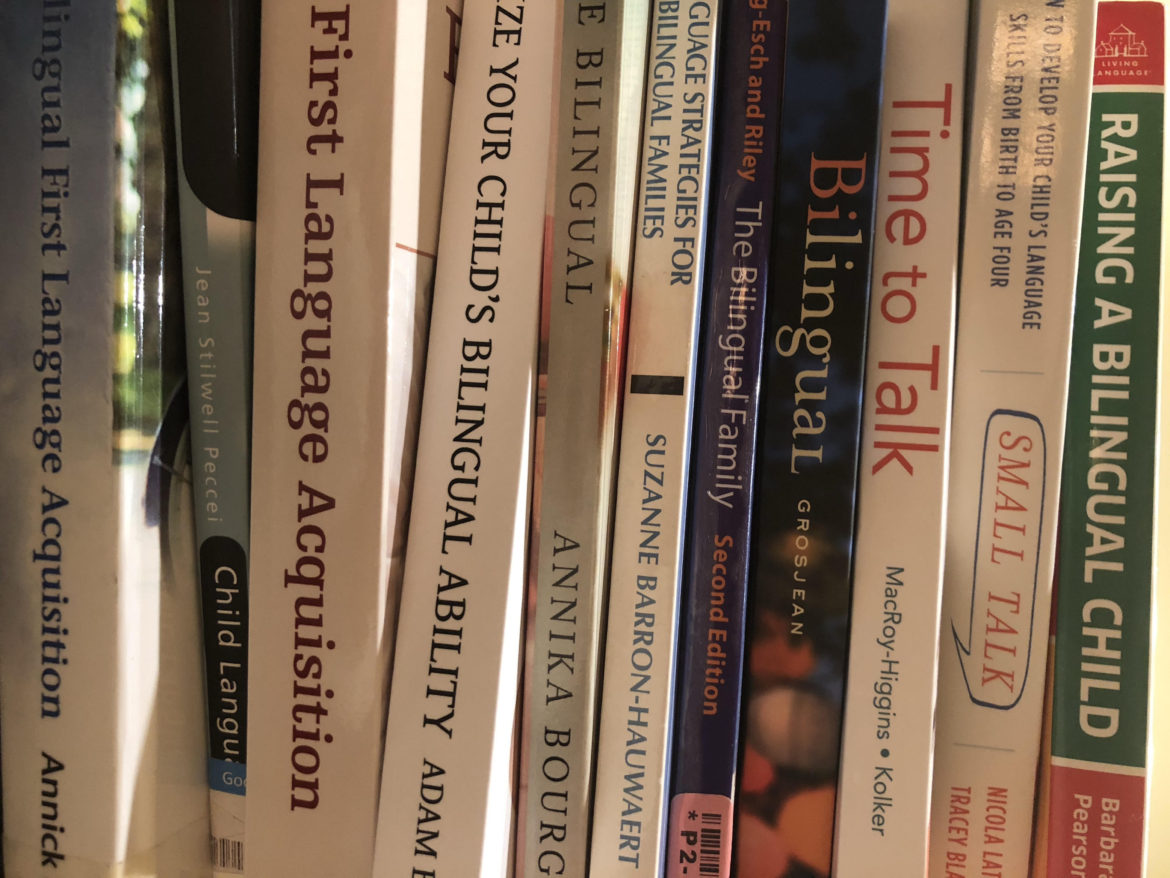Raising a bilingual child (Barbara Zurer Pearson)
Raising a bilingual child is written by Barbara Zurer Pearson, a scholar in the field of bilingualism and bilingual eduction. This book is densely packed with knowledge about bilingualism.

Overall, Raising a bilingual child provides a very comprehensive look at the topic of bilingualism. It includes several academic terms and is written in a very dense way. So it may strike you as a bit academic. But it is very informative if you are looking for more than an introduction to the topic of bilingualism.
The bilingual edge: Why, when, and how to teach your child a second language (Kendall King & Alison Mackey)
The Bilingual Edge is a great read for parents raising bilingual children. It is well written and thoroughly grounded in research. The authors are well-known scholars in the field of bilingualism and second language learning and they are both moms. So they combine the theoretical knowledge and practical experience.
The book deals with the topic of raising bilingual children along four main questions:
- Why are two languages better than one?,
- Which languages and when?,
- How?, and
- What if…?
In the first section, the authors start with unraveling some of the myths and misconceptions about bilingualism. In the second section, they provide useful tips and strategies about how to select and promote multiple languages at home. An interesting angle of this book is that it also takes into account the perspective of ‘additive bilingualism‘. In section three, the authors offer ideas about how to best promote bilingual development. For example, in chapters such as “What makes good edutainment?”, the authors offer advise on how to use entertainment such as TV as an educational resource. In section four, the authors review common issues and challenges, including worries about language delays, special needs, and what to do when your child mixes languages. Across all four sections, the authors highlight practical advice and fast facts.
A particular difference to other books: The Bilingual Edge takes into account the perspective of raising bilingual children in the United States. Overall, it’s an encouraging read that provides entertainment and support. King and Mackey skillfully translate the latest research into action points that can help families regardless of the languages they speak at home.


